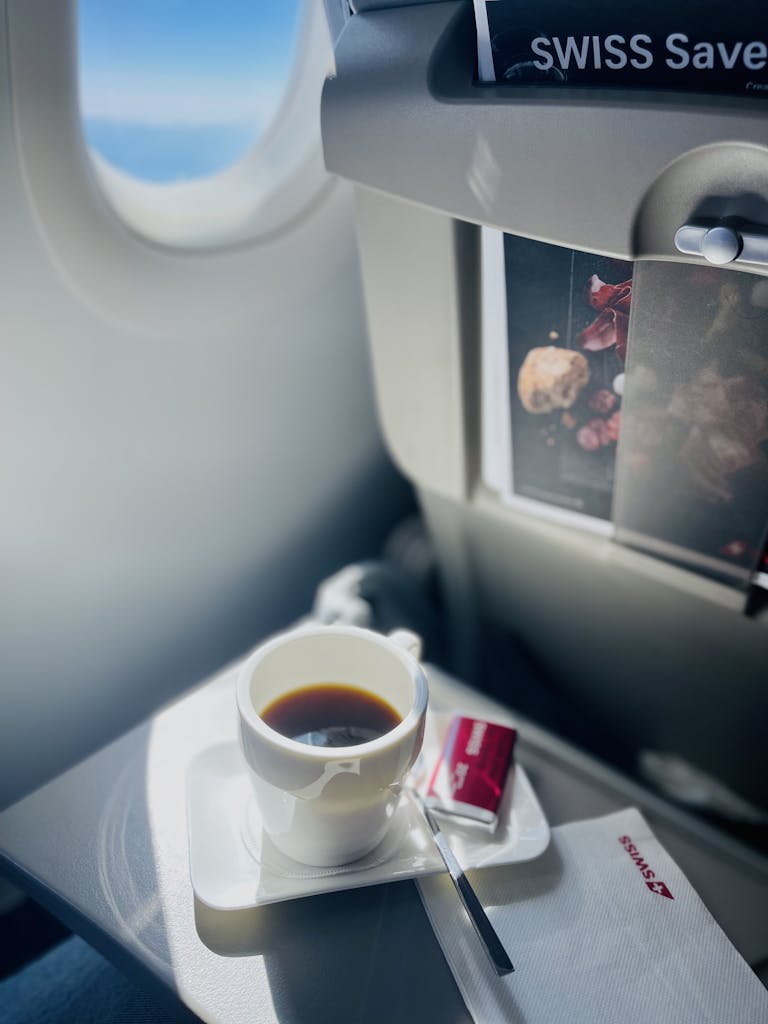Navigating Airline Meals with Health Concerns: A Comprehensive Guide
Look, I’ve been there. You’re excited about your trip, but that nagging thought keeps popping up: “What on earth am I going to eat on this flight?” When you’re dealing with health issues, airplane food isn’t just a matter of taste—it’s actually important. This guide will walk through ordering airline special meals.
When flying with health concerns, special airline meals can be a crucial part of maintaining your well-being during travel. Airlines offer various specialized meal options to accommodate dietary restrictions and health needs, but knowing how to navigate the system effectively can make all the difference in your travel experience.
Understanding Special Meal Options
Most major airlines offer a range of special meal options designed for different health requirements:
– Diabetic meals: Low in sugar and simple carbohydrates, with a focus on complex carbs, protein, and fiber
– Low-sodium meals: Prepared with minimal salt for those with hypertension or heart conditions
– Gluten-free meals: For passengers with celiac disease or gluten sensitivity, most will warn those with Celiac disease that cross contamination may occur
– Low-fat/cholesterol meals: Beneficial for those with cardiovascular concerns
Allergen-free meals: Options without common allergens like nuts, dairy, or shellfish
Delta has 11 different special meal options available listed on their site and American Airlines has 15. Some are religious preference as well as dietary concerns. But as I’ll talk about further, not all are available on all flights.
How to Order Special Meals
1. Book early: Request your special meal when making your reservation if possible, but at least 24-48 hours before departure. Really at least 48. You can usually request the special meal online or in the airline app. however, I think calling and talking to a representative is always a good idea to confirm your needs can be met on your flight.
2. Be specific: Clearly communicate your exact dietary needs and health concerns. Unfortunately, there are many airline staff who are not educated on dietary needs, so being specific is a must.
3. Confirm multiple times:
– When you first book
– Again a week before the flight
– At online check-in
– Sometimes even at the gate
4. Double check: Once on the plane, flight attendants will often come and confirm your meal choice before meal service begins. When the meal is delivered, double check it is the meal you ordered. Usually your name and the type of special meal will be on a label and the meal should be wrapped separately.
Beyond the Special Meal Request
Simply ordering a special meal isn’t always enough to ensure your health needs are met. Consider these additional strategies:
Research airline policies: As mentioned earlier, not all airlines have the same offerings. Different airlines have varying approaches to special meals. Some have extensive options with detailed ingredient lists, while others offer more limited choices. Different routes and seating class also can have different offerings. Some routes do not even offer special meal options.
Consider flight timing: For medication that needs to be taken with food, choose flight times that align with your regular meal schedule when possible.
Stay hydrated: Dehydration can exacerbate many health conditions. Request extra water or bring an empty bottle to fill after security.
Fun fact: The air in planes is typically around 10-20% humidity, compared to the 30-60% we’re used to on the ground. That’s why everything from your sinuses to your digestive system can feel off when flying.
When Things Go Sideways
Let’s be real—sometimes airlines mess up. I never board a plane without backup snacks that meet my dietary needs. My go-to emergency kit includes nuts and trail mixes and crackers and cheese. I can usually get these in the airport right before boarding.
Personal experience, last fall when flying home from France I had requested a gluten free meal and snack options. I also have a coconut allergy but I have never had coconut in my gluten free meals so I had not thought to confirm this with the airline. Well, never say never. Every snack and meal option that was brought to me had coconut in it! What was worse, was that the gluten free, coconut laden meal looked so much better than the regular offering and my daughter, who ended up eating it, said it was really good. (You can read more about our trip to France here.)
Thankfully, I had eaten something before we boarded the plane and had loaded my bag with snacks. Maybe not all healthy snacks, but I did not starve between Paris and Atlanta.
Lesson learned.

Take Control
Trust me, taking control of your in-flight nutrition isn’t being “difficult”—it’s being smart. Your body doesn’t care that you’re 35,000 feet up; it still needs proper nutrition that works with your health concerns.
With a bit of planning and the right approach, you can focus on enjoying your trip rather than worrying about whether that mystery sauce is going to send your body into revolt. Because really, isn’t that what travel should be about?




